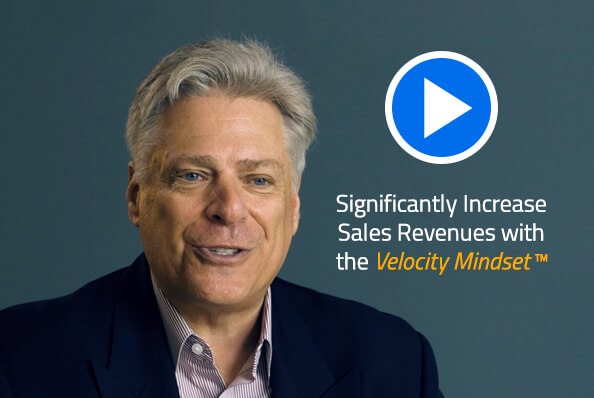So, How am I Doing?
Published on June 8, 2000

This question became a trademark of his. I am reminded of this question every time I run into workers who often wonder how they are doing. Tradition has it that managers routinely answer this question at the annual or bi-annual employee review. While this is a process that needs to take place, answering the question of how I am doing should occur more often. It should take place at anytime there is a communication between a manager and employee.
It is crucial to congratulate people when appropriate. It is also crucial to communicate what is not working for the employee with appropriate suggestions on how to improve the situation. Oh, if you are going to have one of those “we need to talk meetings”, don’t go in with the idea that you need to fix the employee. I don’t know about you, but when I talk with someone who wants to fix me, I run. After all, who wants to be fixed? People do not respond to the concept of fixing. But they do respond to ideas on how to reach their goals and dreams faster. People do not respond well to criticism that is negatively communicated, but they do actively partake in conversations on what they need to do to reach the next desired level.
If you are going to have one of these meetings, don’t concentrate on what went wrong. This drains out all of the creativity and forces people to bunker down and protect themselves. Simply ask the person on a scale of 1-10, how well do you think you are doing in this area. After both of you come to an agreeable number, decide on where the person should be. If the answer is greater than the number of current performance, then use the rest of the time to creatively identify ways on how the employee can attain the desired level of performance. You will find the employee to be more open in this conversation and a willing participant to identify solutions. And more importantly, he will more than likely carry them out since he assisted in the development of the solutions.
Posted in Leadership


